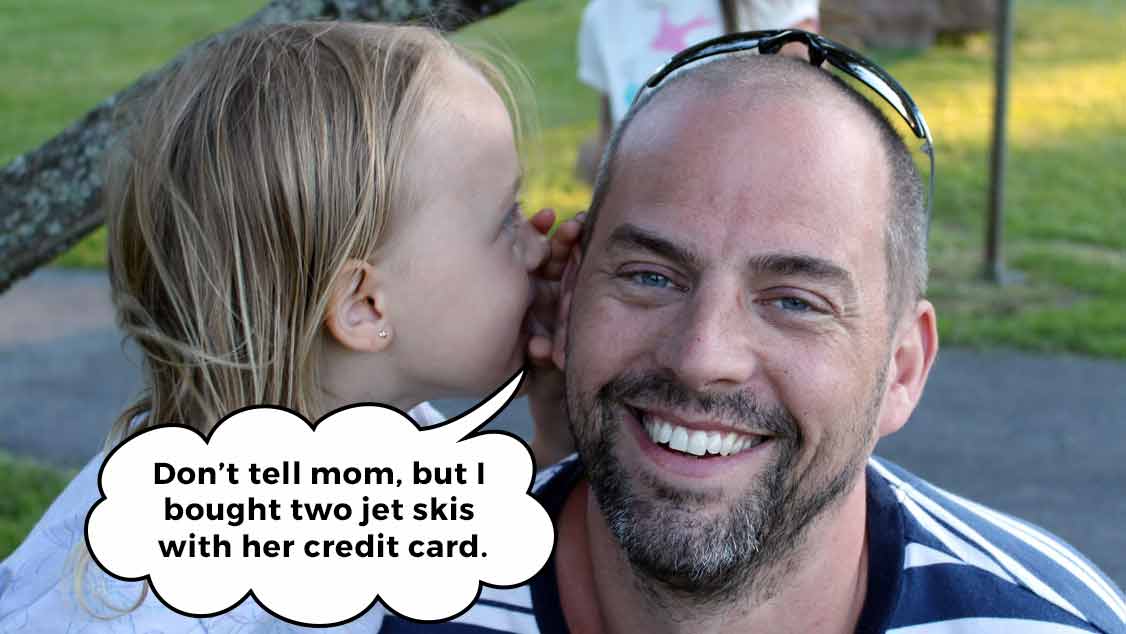Questions? Call us now at 215.979.8030
NOTE: This is the first part of our section on customer understanding. It contains two articles:
Customer-centric businesses put customers at the core of the business, then make policy and process-design decisions centered on the needs of those customers. That customer focus compels naysayers to label customer centricity as an ill-advised business strategy.
What happens, those naysayers ask, when your heart pushes you to take action that interferes with a long and prosperous future?
For example, let’s say you need to raise fees, but your customers disagree. Or you have policies in place to secure and protect your institution’s assets, but those policies feel unfriendly to your customers. How can making a decision that is best for customers also be a smart strategy for your business?

The answer lies in the economics of customer centricity. According to Peter Fader, Professor of Marketing at Wharton:
“A requirement behind customer centricity is the ability to understand customers at a fairly granular level and to be able to identify the customers or the segments of customers who are valuable from the ones who aren’t. If you can’t sort out your customers—if you can’t look at them and know who is good and who is bad—then you can’t be customer-centric.”
Customer-centric business starts with knowing who your best customers are right now, and more importantly, in the future. These customers, when given an experience that works for them, will become loyal advocates for your bank. They'll return to you for all of their financial needs, and they'll recommend you to people like them.
Over the course of their lifetime with your institution, those customers will bring tremendous value. The deeper your understanding of their needs, the more you can create an engaging experience. And over time, the more successful your bank will become.

Growth banks do not try to be all things to all customers. Instead, growth banks build a common understanding of who their best customers are and what the ideal customer experience is for them.
At the start of your journey toward customer centricity, spend time identifying your best customers. To develop a deeper customer understanding of your customers, try using this three-step process:
You should start learning about your current customers by using data you already have. The following table provides examples of differences to look for and questions to ask as you interrogate the data:
| Customer Differences | Key Questions |
| Demographic Differences |
|
| Bank Relationship Differences |
|
|
Behavioral |
|
| Customer Value and Profitability |
|
Once you have a clear picture of the different and distinct groups of customers that your bank serves, make those segments real through persona work. Personas are fictitious characters that represent segments—with details like names, gender, family status, job situation, income, housing, attitudes, aspirations and values.
Creating target personas would require its own eCourse, but it's a crucial step to developing customer understanding. Once you have personas created, you should present them to a selection of your staff to gauge their reactions and validate them. (Which just so happens to be the subject of the article below this one.)

Now that you know the different types of customers that you have, it’s time to understand their attitudes, motivations and perceptions of your bank experience. By overlaying survey results onto the other information you have from your segmentation analysis, you will be able to flesh out your profiles and get a deeper understanding of what they need from you and how they are experiencing your bank today.
Using the insights gleaned from your customer understanding work, you can move on to clarifying the experience you intend to deliver to your target customer segments and defining your Customer Experience Guiding Principles. These principles will be the foundation of your bank’s disciplined decision-making – another growth discipline – in the future.
Customer experience strategy can be a complex arena. But if you're interested in an overview of the steps to improve your customer experience, then check out our strategy map:
It provides a simple, approachable look at the steps needed to differentiate your customer experience against those of other banks. As you're working through your strategy, don't be afraid to contact us. We'd be happy to answer any questions you may have.
Your staff knows about what motivates customers, what concerns them, how they like to interact with the bank, and for what reasons. So why not ask your staff to weigh in on your customer persona work?
Presenting your personas to a selection of employees will give you a valuable, insightful perspective. So rather than keep your work to yourself, let them in on your little secret.

But before you get started, here are four steps to help you make sure you can validate your customer personas without undue stress or wasted effort:
When selecting employees for weighing in on customer personas, target employees in sales and service roles. Employees who interact regularly with customers will give more insight into whether your personas are realistic or off-base.
You should also seek tenured individuals who have had exposure to your customers for at least two years. This minimum will help you ensure that employees have more founded perspective, and aren't firing from the hip in response.
Last, ensure representation across the full spectrum of your bank’s products and services. This will help you capture a wide range of customer interactions. Some common roles include: Tellers, Personal Bankers, Customer Service Representatives, Personal/Small Business/Commercial Banking Advisors, Branch Managers, and Loan Officers.

There are a number of online focus group and bulletin board tools that can make this type of exercise quick and cost-effective. Examples include iTracks, or Artafact.
Whatever tool you use, look for a solution that includes:
If you're light on budget, you can also find alternative mechanisms to collect feedback, including free videoconference tools and in-person focus groups.
Prepare short descriptions of each persona before your session. Wherever possible, use photos or other images to represent each customer group. When you hold your session, follow this loose flow:
Make sure to repeat the process for all persona types. Keep an eye out for any missing descriptors—or even personas, if that's the case.
After your sessions, it's time for some qualitative analysis, and maybe even math!

This is where online sessions can help your cause. A benefit of many online systems is that transcripts are available for immediate download, so you can start your analysis right away.
As you review transcripts or any other records, look for common themes and threads. You should also consider putting the feedback into a spreadsheet or table, so that you can compare feedback across sessions.
If you discover any new insights or inaccuracies, update your persona descriptions as appropriate. And, if necessary, re-validate.
Thanks for reading! We hope you learned how understanding your customers can help you design a better customer experience. In the upcoming edition, we'll dive a little deeper into customer understanding.
Keep an eye out for the next edition of this email series, which should arrive in a few days. And once again, we're here if you need to reach out to us.